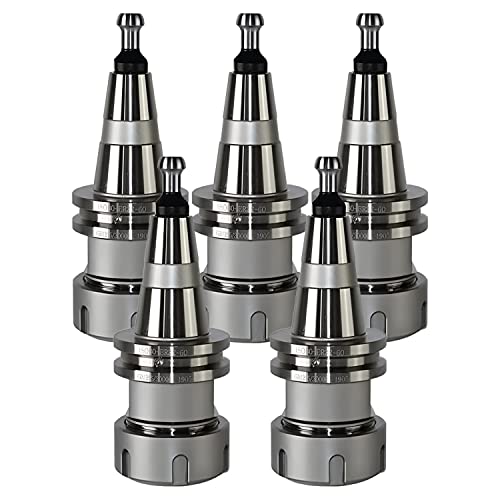Peter,
I wasn't criticizing you or your work at all, you have done a wonderful job, and like everything else, each to his own.
All I was trying to do was to maybe dispel a few fears that to make a camshaft grinder doesn't take months of work and large amounts of pocket money, and if someone can build an engine, they should be able to construct an easy to make cam grinder to put into their engine.
I was actually going to make one, but found that I could make my cams to an acceptable standard using ETW's methods to cut the flanks on a lathe, it did the job to a standard that was acceptable to myself.
The only problem with ETW's method is that you harden after machining rather than before with a cam grinder, and things can sometimes not go quite right..
John




















![MeshMagic 3D Free 3D Modeling Software [Download]](https://m.media-amazon.com/images/I/B1U+p8ewjGS._SL500_.png)















![[The Haynes GM, Ford, Chrysler Engine Performance Manual: The Haynes Manual for Understanding, Planning and Building High-Performance Engines (Haynes Techbook)] [Author: Haynes, Max] [August, 2008]](https://m.media-amazon.com/images/I/51x6eyiUHhL._SL500_.jpg)




























![DreamPlan Home Design and Landscaping Software Free for Windows [PC Download]](https://m.media-amazon.com/images/I/51kvZH2dVLL._SL500_.jpg)

![TurboCAD 2020 Designer [PC Download]](https://m.media-amazon.com/images/I/51UKfAHH1LL._SL500_.jpg)













